If you think a fuse in your car has blown, you should use a multimeter to check it before you replace it. This will help you figure out if the fuse is blown or if the electrical circuit has another problem. Fuses are made to protect electrical circuits from damage that could happen when too much current flows through them. When a fuse blows, it stops the flow of electricity so that the extra current can't damage the circuit.
Fuses come in different sizes and amperages, and the right one is chosen based on how much current the circuit is designed to handle. The size of the fuse also affects how much current can flow through it before it blows.
Why it's important to test your fuses regularly?
If you notice that your car's electrical system isn't working as it should, one of the first things you should check is the fuse box. Over time, fuses can become corroded or blown, and this can lead to all sorts of electrical problems.
Fortunately, testing a fuse is easy to do with a multimeter. By testing your fuses regularly, you can head off potential problems before they become serious. So don't neglect this important task - test your fuses today!
HOW TO TEST A FUSE OF A CAR WITH A MULTIMETER?
- Switch off the power to the fuse box.
- Remove the fuse from the fuse box.
- Look at the exposed wire in the fuse. If there is no exposed wire, the fuse is good. If there is exposed wire, the fuse is bad and needs to be replaced.
- Connect one lead of the multimeter to the exposed wire on the fuse.
- Connect the other lead of the multimeter to the metal tab on the side of the fuse box.
- Turn on the multimeter and set it to Ohms mode.
- The multimeter should read 0 ohms if the fuse is good, or infinity if the fuse is bad.
- Replace the fuse if it is bad.
Common problems that can occur with fuses
- Blown fuses: This is the most common problem that can occur with fuses. A blown fuse indicates that there is an overload somewhere in the electrical system.
- Loose fuses: Another common problem that can occur with fuses is a loose connection. This can happen if the fuse is not properly seated in the socket or if the wires are not tight enough.
- Corroded fuses: This is another common problem that can occur with fuses. Corrosion can cause the fuse to become brittle and eventually break.
- Damaged fuses: This is another common problem that can occur with fuses. Damaged fuses can cause problems with the electrical system.
- Improperly rated fuses: This is another common problem that can occur with fuses. Fuses are rated for a specific amount of current. If the fuse is not properly rated, it can cause problems with the electrical system.
How to replace a fuse in a car:
If your car has blown a fuse, it's important to replace it as soon as possible. A blown fuse can cause all sorts of electrical problems, and can be a real pain to deal with. Luckily, replacing a fuse is a relatively easy process.
Here's what you'll need to do:
- Locate the blown fuse. Check the owner's manual for your car to find out where the fuse box is located. Once you've found it, open up the lid and take a look inside. You should see a diagram that shows you which fuse goes where.
- Find a replacement fuse. Make sure to get a fuse that is rated for the same amperage as the one that blew.
- Remove the blown fuse. Use a pair of pliers to carefully remove the fuse from its slot.
- Insert the new fuse. Place the new fuse into the empty slot, and make sure that it is snug and secure.
- Close up the fuse box. Once you're done, close up the fuse box and you should be good to go!
If you have any questions, or if you're having trouble finding the fuse box, consult a professional mechanic. They'll be able to help you out and make sure that everything is done properly.
Frequently Asked Questions:
How do you tell if a Car fuse is blown with a multimeter?
If you're not sure whether or not a fuse is blown, it's always best to check with a multimeter. To do this, simply set the multimeter to the "ohms" setting and touch the probes to the ends of the fuse. If there is no continuity, then the fuse is most likely blown and will need to be replaced.
How can I tell if a fuse is bad?
There are a few ways to tell if a fuse is bad. One way is to look at the fuse itself. If the metal wire inside the fuse is broken, then the fuse is bad and needs to be replaced. Another way to tell if a fuse is bad is to use a multimeter to test it for continuity. If the multimeter shows that there is no continuity, then the fuse is bad and needs to be replaced. Finally, you can try replacing the fuse with a new one to see if that fixes the problem. If it does, then you know the old fuse was bad and needed to be replaced.
How do you check if a fuse is good?
There are a few ways to check whether a fuse is good or not. One way is to simply look at the fuse itself; if it appears to be burnt out or damaged in any way, then it is probably no longer working. Another way is to test the fuse with a multimeter; if it shows continuity, then the fuse is still good. Finally, you can try replacing the fuse with a new one to see if that fixes the problem.
Conclusion:
In conclusion, testing a fuse with a multimeter is a straightforward process. All you need is a working multimeter and a fuse to test. Simply set your multimeter to the correct settings, place the probes on the correct terminals, and observe the reading. If the fuse is good, the reading should be within the range specified in the manufacturer's instructions. If the reading is outside of this range, or if there is no reading at all, then the fuse is most likely bad and needs to be replaced.

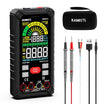

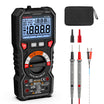
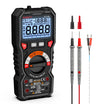
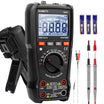
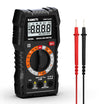
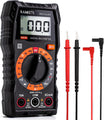
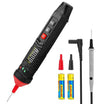
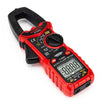

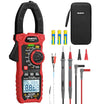

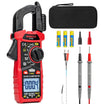


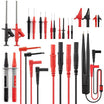





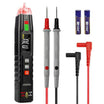

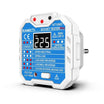

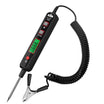


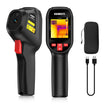
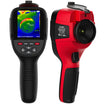

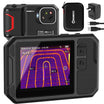


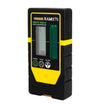











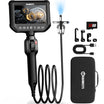
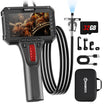







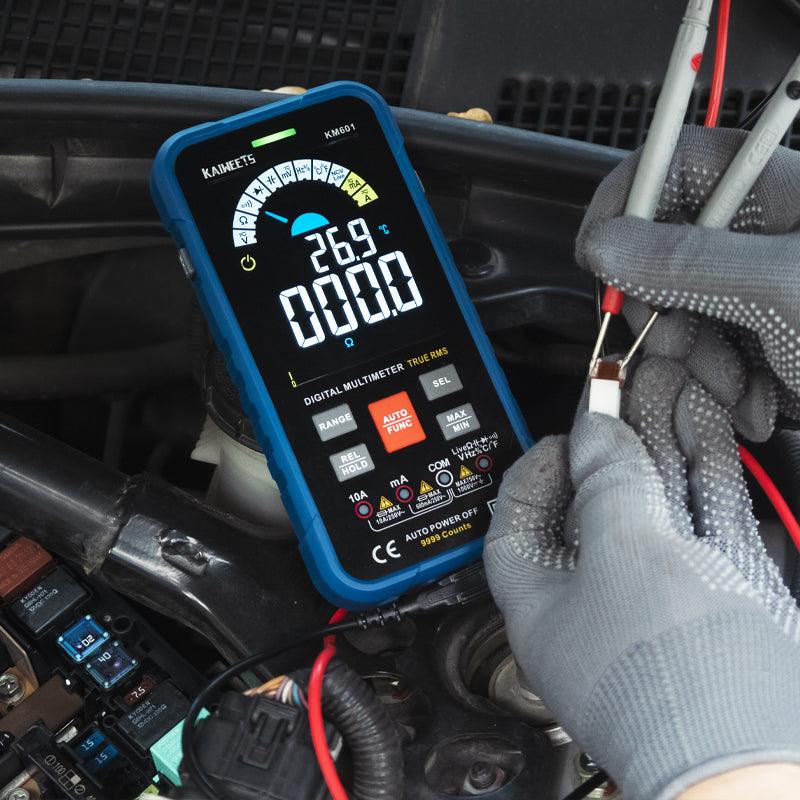
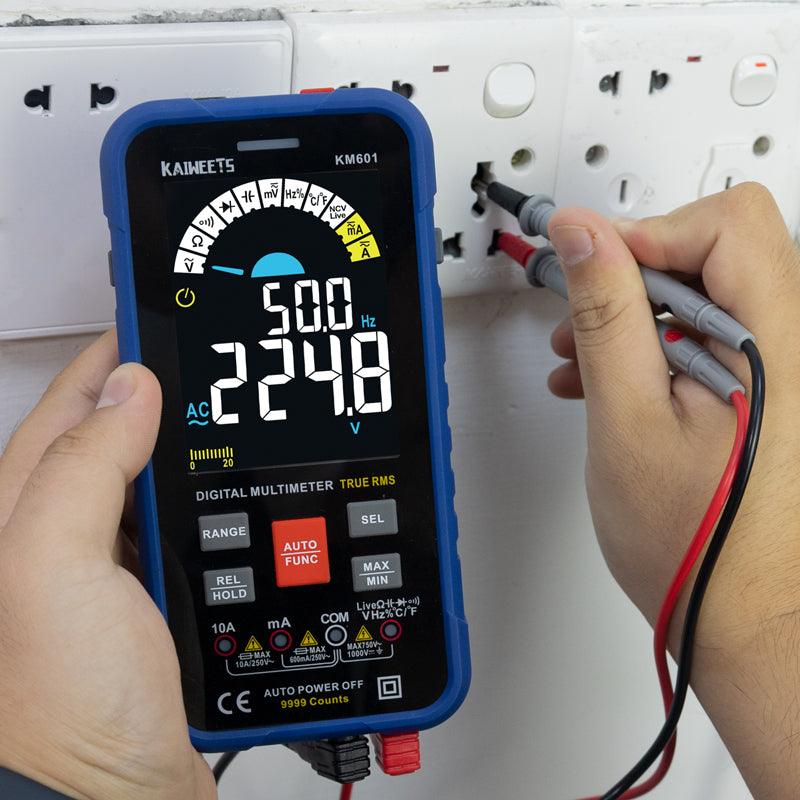
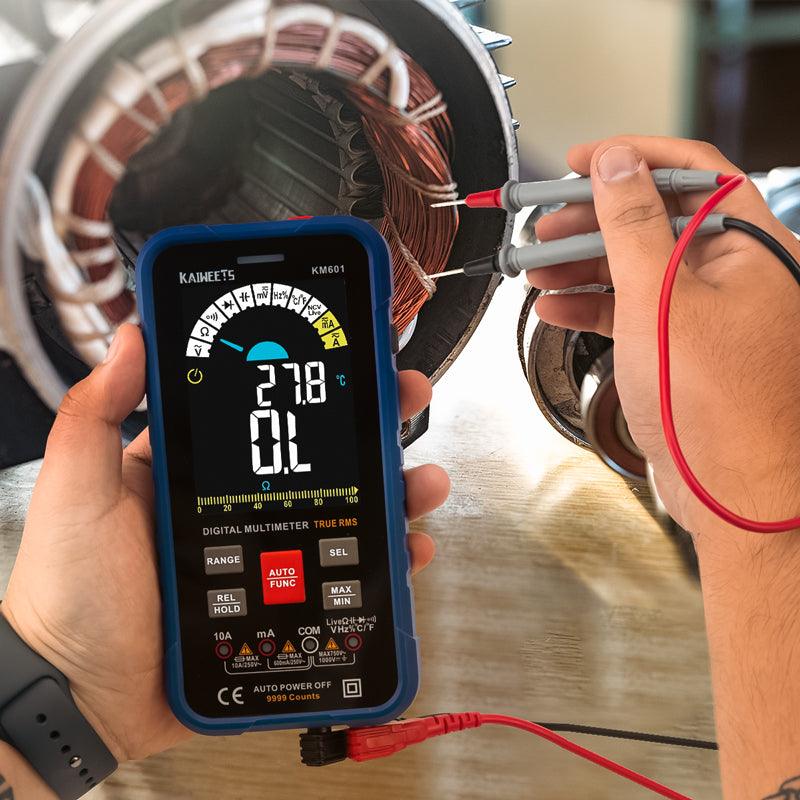
Leave a comment
All comments are moderated before being published.
This site is protected by hCaptcha and the hCaptcha Privacy Policy and Terms of Service apply.